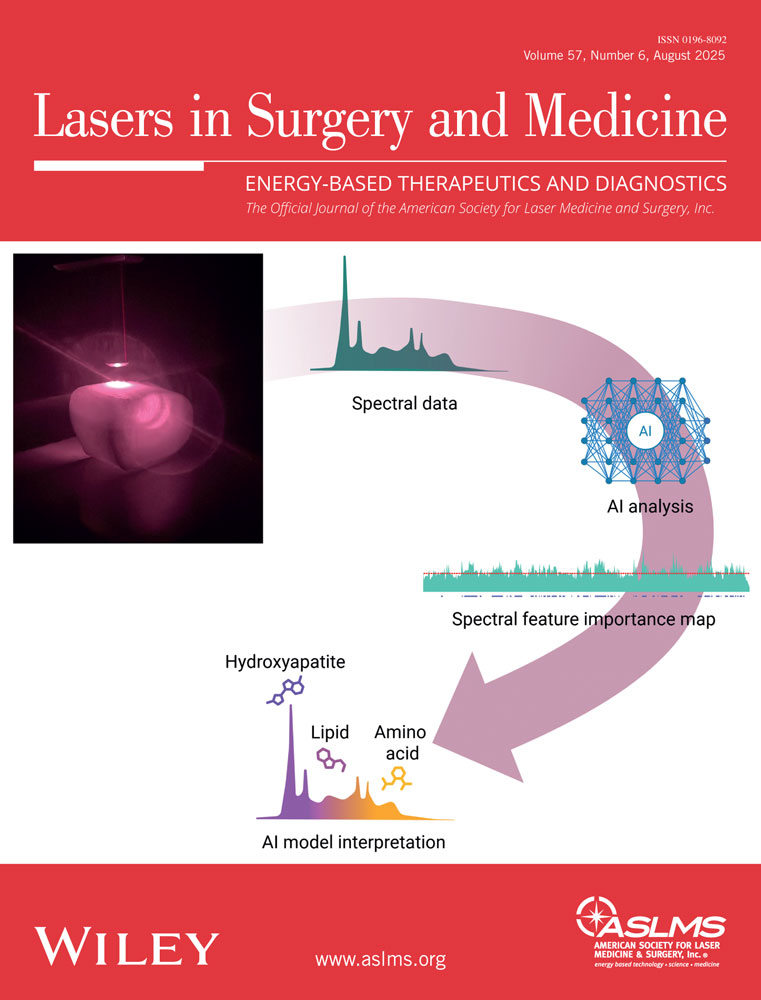Dynamic behavior of cryogen spray cooling: Effects of spurt duration and spray distance
Abstract
Background and Objectives
Cryogen spray cooling (CSC) is used to minimize the risk of epidermal damage during laser dermatologic surgery. Since optimization of CSC permits the safe use of higher light doses, which improves therapeutic outcome in many patients with superficial skin lesions, studies have focused on understanding spray–surface interactions and cooling dynamics. The objective of this study is to measure accurately temperature variations at the sprayed surface and the effects of spurt duration (Δt) and nozzle-to-sprayed surface distance (L) on cooling dynamics during CSC.
Study Design/Materials and Methods
A fast-response temperature measurement sensor is built using thin (20 μm) aluminum foil placed on top of a poly methyl-methacrylate resin (Plexiglass®) with a 50 μm bead diameter thermocouple positioned in between. Liquid film residence time (tr) and minimum surface temperature (Tmin) are systematically measured as a function of Δt and L.
Results
Two distinct spray–surface interaction mechanisms are recognized. The transition between them occurs at a critical length Lc≈25–30 mm. Noticeable characteristics include: (1) for spurts at L < Lc, shorter tr, and lower Tmin are reached as compared to L > Lc, Tmin is dependent on Δt and L, while tr is a function of Δt only; (2) for spurts at L > Lc, Tmin still depends on L but not on Δt, while tr becomes a function of both Δt and L. Finally, for all Δt, tr reaches a maximum at L = 40 mm.
Conclusions
Based on our results, a good choice to achieve low Tmin and tr for the treatment of superficial skin lesions may be met by using Δt of ≈30–50 milliseconds and the shortest spray distance that is tolerable by the patient. Spurt durations (Δt) of more than 30–50 milliseconds at spray distances (L) greater than Lc lead to higher Tmin and longer tr. These parameters may be appropriate for laser therapy of deeper targets. Lasers Surg. Med. 32:152–159, 2003. © 2003 Wiley-Liss, Inc.




